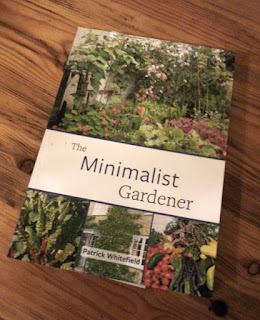
I don't eat a lot of sweet preserves but do make some wild fruit jams (blackberry, elderberry and apple/crab apple is my favourite) and marmalade. The last time I made a traditional English orange marmalade was over 20 years ago. These days I use a mixture of citrus fruits combined - when in season - with wild fruits such as rose hip, rowan or hawthorn. This autumn I was given a large bag of quince so I experimented with a quince and citrus recipe.
For the citrus component I use up the saved, sliced peel from limes and lemons that have been stored in the icebox, plus the remains of lemons and limes that have been squeezed for various recipes (also stored in the ice box). It's such a mish mash that I can't give you an exact weight or number of fruit used, which I know is not at all helpful if you want to try this for yourself. I also usually buy a fresh lemon, lime and in this instance a red fleshed grapefruit that was on special offer. I peeled them, shredded the peel and squeezed the juice from them.
All of the peel and juice went into a pan, the pulps into a muslin bag and placed in the same pan. The whole thing was covered with about 1.5 litres of water and simmered until the peel was tender. This is the basic marmalade recipe.
Meanwhile, I peeled and cored 5 large quinces, chopped them up, added them to a separate pan with enough water to just cover them, and simmered until soft and mushy. Then I mashed them with a potato masher.
When the citrus peel was ready I did the usual squeezing of the muslin bag into the pan and dumped the contents of the bag onto the compost heap. I then added the quince pulp, mixed it all up and measured the volume. For every half litre I added the usual 450g sugar and then boiled until setting point. Hey Presto! Quince and citrus marmalade, and delicious.
P.S. The quince peelings and cores went into a large jar of water and fermented to make scrap vinegar.

















































